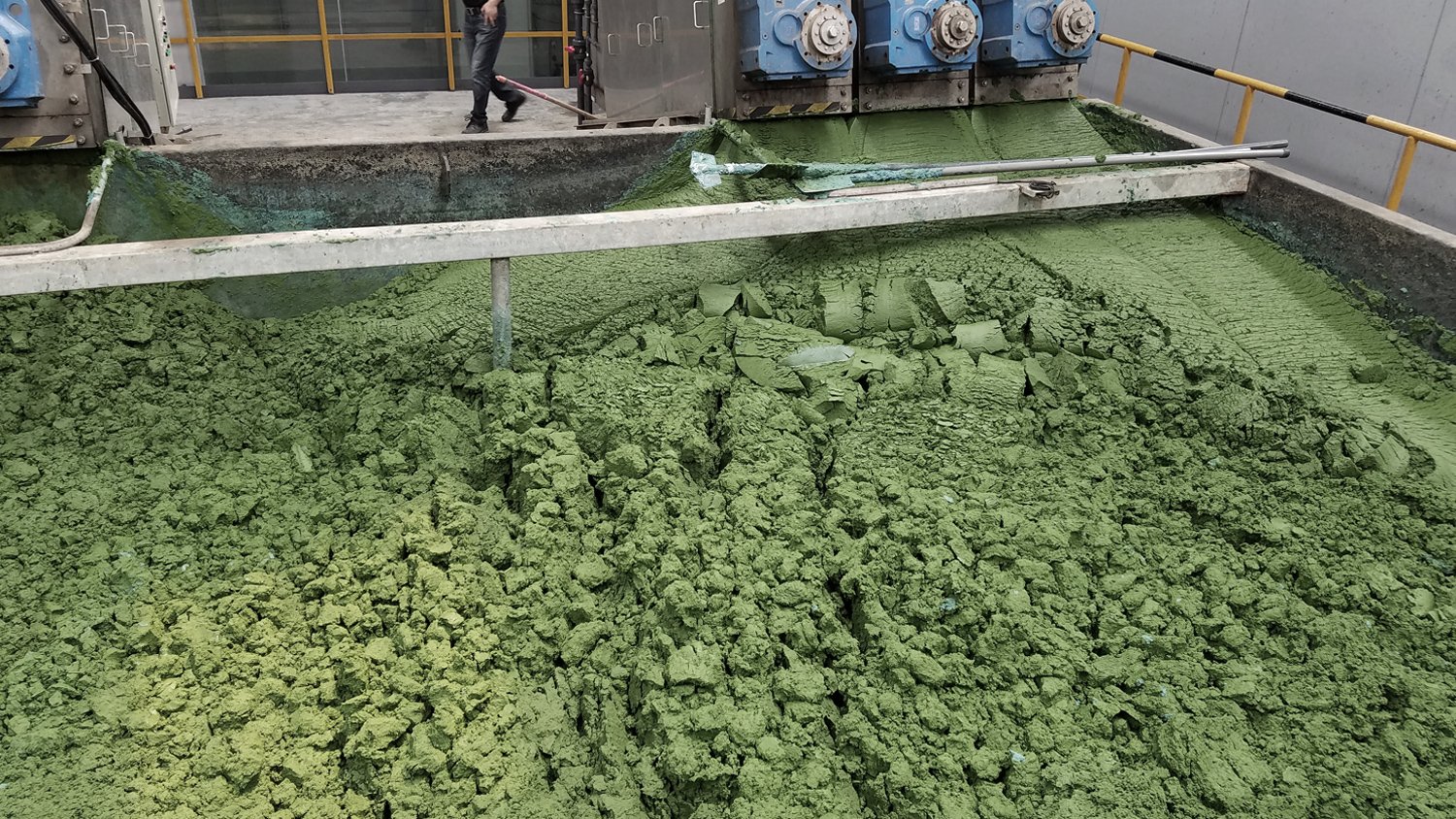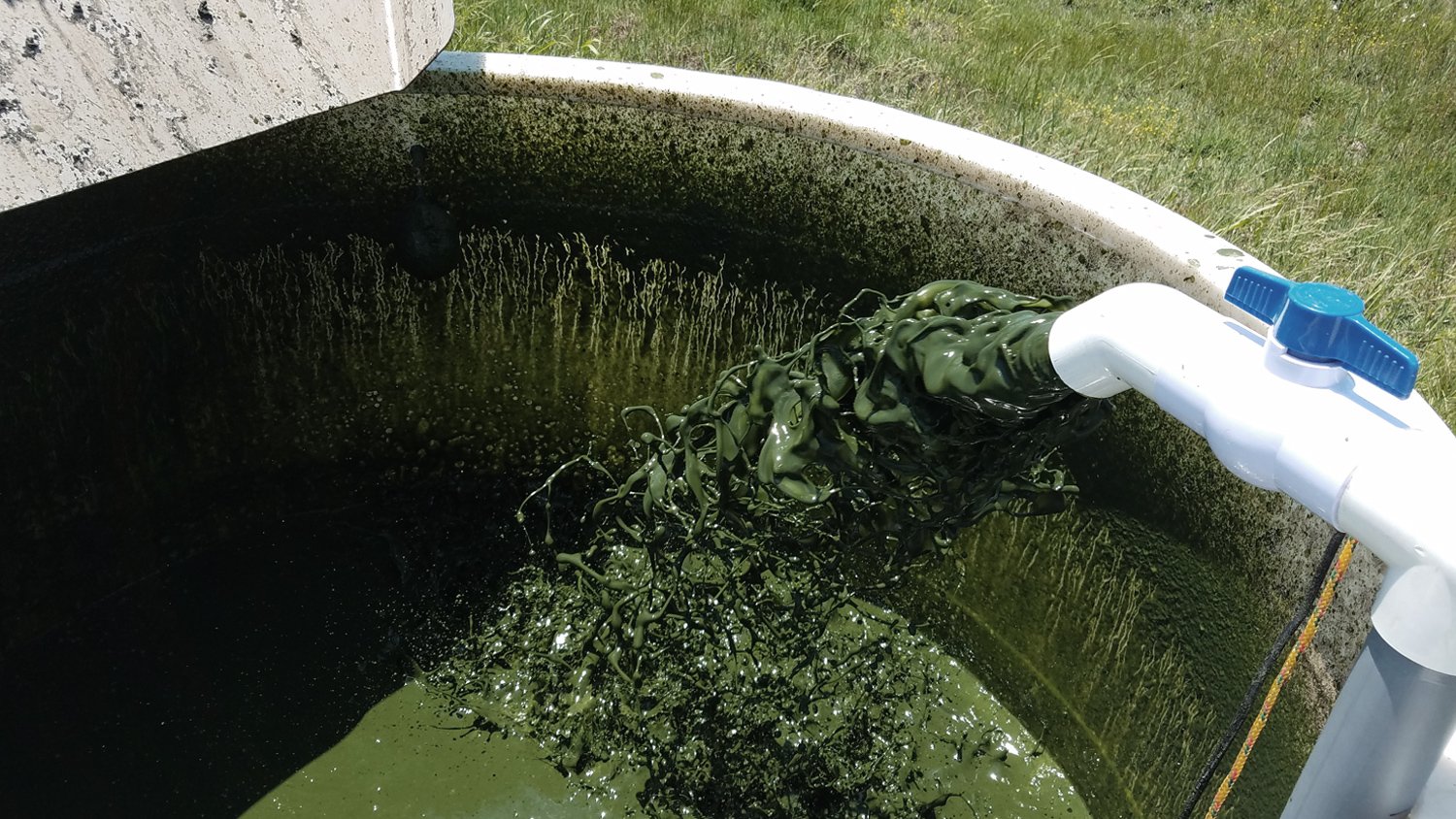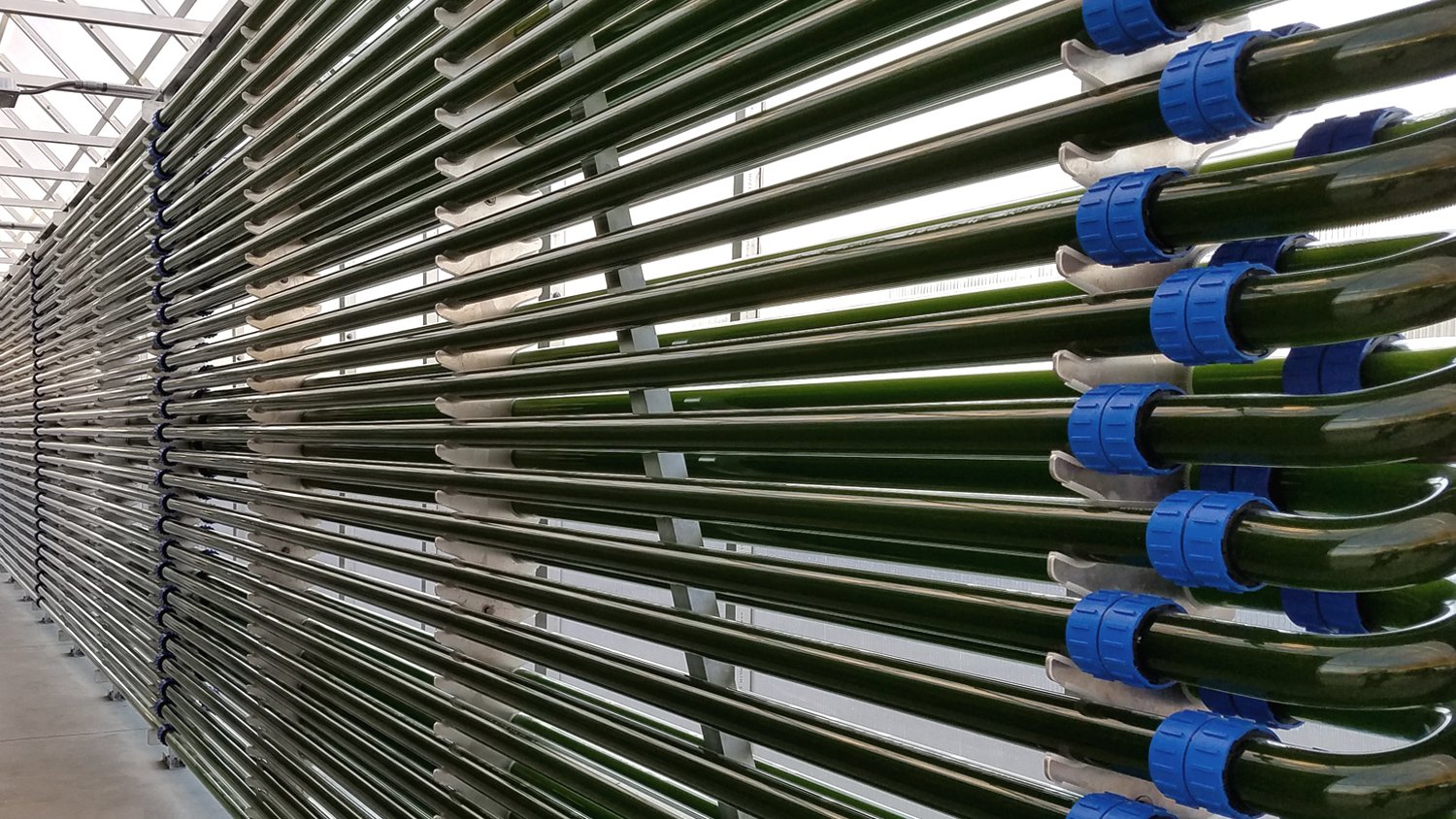The Biofabricators: Algix
Parley is proud to continue our partnership with Biofabricate and their ongoing summit series to drive the material revolution
Plastic is a design failure that needs to be replaced – so what comes next? In the run-up to Biofabricate 2018 we’re catching up with some of the people and companies at the forefront of the Material Revolution. This week, we sat down to talk algae with Ryan Hunt, Chief Technology Officer for Algix – pioneers in turning algae blooms into plastic-free products.
Tell us a bit more about your two approaches so far – algae and hydrogen peroxide.
Our company was founded to use biology as a tool for cleaning the environment and producing a valuable co-product. Algae absorbs CO2, sunlight and nutrients, and transforms these into plant biomass while releasing oxygen. The initial goal was to convert the plant biomass into a renewable feedstock for biofuels, but after several years of research, we decided that converting the plant biomass into sustainable plastic materials would be more practical and cost effective. After a year of developing footwear components using our newly-branded BLOOM foam for leading footwear brands, we were asked to develop a synergistic eco-friendly coating for anti-microbial and anti-odor functionality. After another year of R&D, we decided that a controlled release Hydrogen Peroxide was the best choice as it is already used by nature to defend against microbes and provided clinical level efficacy. We now combine BLOOM foam with H2O2 Genesis coating for our footwear customers.
What were the main challenges of developing BLOOM – how long did it take to perfect?
We encountered a wide range of challenges in developing and "perfecting" BLOOM foam. It started in the early days when we first began developing the concept of an algae plastic. The algae biomass was able to be compression molded into a plastic article, but the properties were not great – it was black and very brittle. The first milestone was making a material that could be processed in traditional plastic-molding machinery. Next, we had to build an algae biomass supply chain that used algae to clean the environment from scratch. The algae biofuel companies we hoped to be our partners and biomass suppliers were having trouble making economic sense of algae biofuels, and most went out of business, or did not have the scale to support us. We then moved to rural Alabama and began developing our own algae harvesting, dewatering and drying infrastructure on an aquaculture farm.
We spent the next two years scaling up the algae compounds and optimizing our manufacturing processes, while we simultaneously started working with customers on validating and developing products for footwear brands. We thought that the brands themselves would be our customers, but as we found out, footwear companies outsource their production to a huge network of independently-owned Asian manufacturing companies. Next we had to move to China and build our own trading company that will allow us to import our products, manage the inventory and support factories in onboarding and ramping up production with our algae plastic to make Bloom foam components (sheets, insoles, midsoles, and outsoles). This was not trivial, and was probably the most difficult part of the journey so far.
What’s your personal favorite use of the material so far?
We have prototyped a wide range of products using algae bioplastics to date, including flower pots, packaging clam shells, material handling bins, 3D printer filament, surfboard traction pads, sandals, and shoes. I would say that footwear for us was the breakthrough product application that has created market pull for our technology and materials. Footwear is a great use of BLOOM foam because people use their fashion as a statement for who they are, what they believe in, and the missions that support. Being able to use footwear as a social media platform to have the opportunity to spark dialogues and discussions about environmental activism, clean air and water, and using algae as a tool to restore ecosystems.
We love the win/win aspect of harvesting algae in places where it's actually harming aquatic life, can you tell us a bit more?
Algae is defined as a single celled photosynthetic microorganism – absorbing CO2, sunlight, nitrogen and phosphorus (nutrients) and transforming these inputs into plant-like biomass. The algae biomass can be harvested and removed from water-bodies to export nutrients (CO2, nitrogen and phosphorus) from the ecosystem to help restore balance. Other proposed approaches for solving the algae blooms include ozonation, which helps sanitize the water from potential toxins, but ends up degrading the algae biomass back into inorganic nutrients, like ammonia, nitrates and phosphates that lead to additional algae blooms cycling over time. We realized that exporting the biomass was the key element needed to put downward pressure on the amount of nutrients in the water-bodies, lowering the potential for algae blooms.
We built 10 of our "M2HX" mobile algae harvesters and installed the infrastructure to process up to 1,000 lbs of dry algae output per hour. In 2016, we were contacted by AECOM, one of the world's largest engineering firms, to collaborate with us for using our algae harvesting technology to help clean up the wild algae blooms in Florida, Ohio and beyond. We began demonstrating how our mobile algae harvester is nimble enough to be taken into hard to access areas, and quickly and effectively filter the algae-laden water returning clean oxygenated water back to the environment. This year we demonstrated the technology for State agencies, Senators, Army Corp of Engineers, Professors and researchers searching for solutions to the algae bloom problems.
A stomatopod. Image by Thierry Peres.
Finally, what’s your personal favorite ocean creature?
Great question! The ocean creature that ironically was the catalyst that got me interested in aquariums, algae and ultimately inspired to co-found Algix is called the Stomatopod, aka the Mantis Shrimp. It is an immensely beautiful creature, most notorious for its ‘fastest movement in the animal kingdom’ where it can fire its raptoral appendages with the force of a small bullet generating high intensity impacts and cavitation on the surface of unwilling dinner guests. The impact is so strong it releases heat and light and can shatter crustacean shells. Mantis Shrimp also have the most complex visual cortex (eyes) on the planet. Each eye has three pupils (!) and a total of 12 color receptors, compared to our three. This almost certainly provides an incomprehensible psychedelic visual experience. The colors Mantis Shrimp can see include UV and infrared bands, making them similar to the Predator aliens from the movies.
















